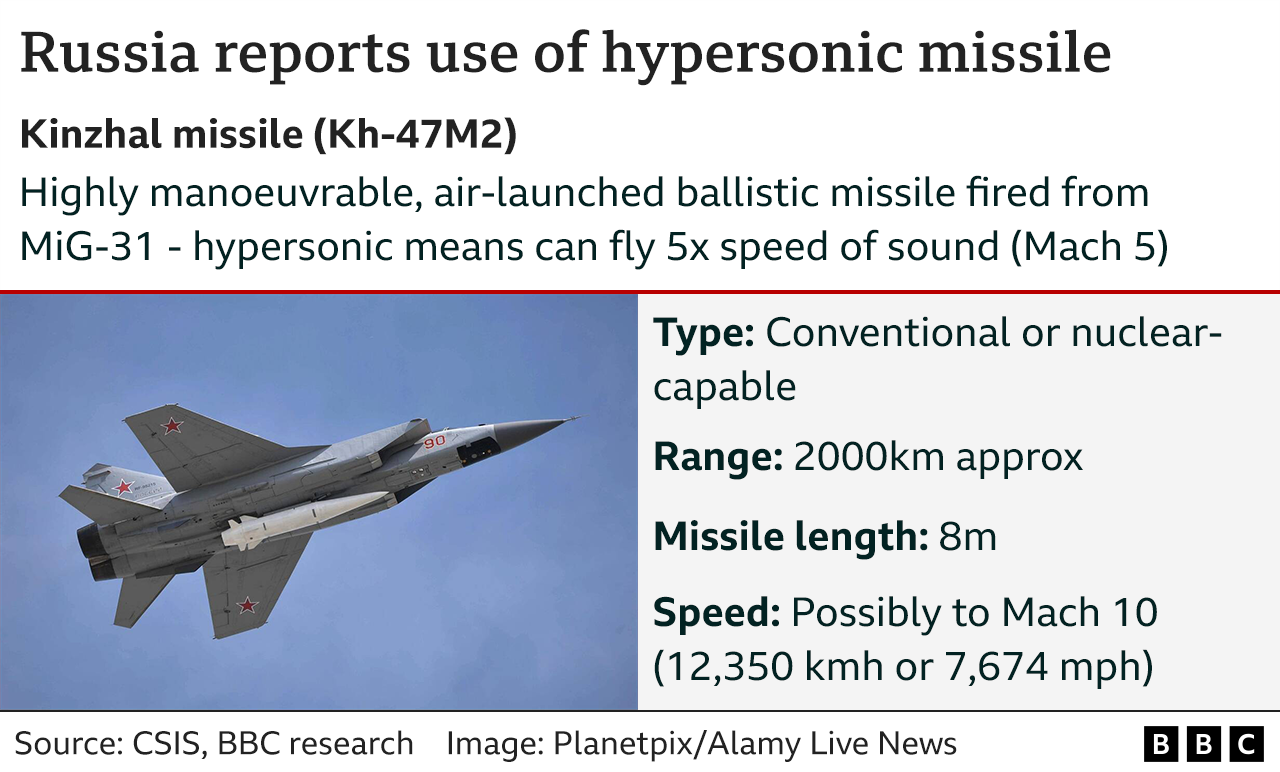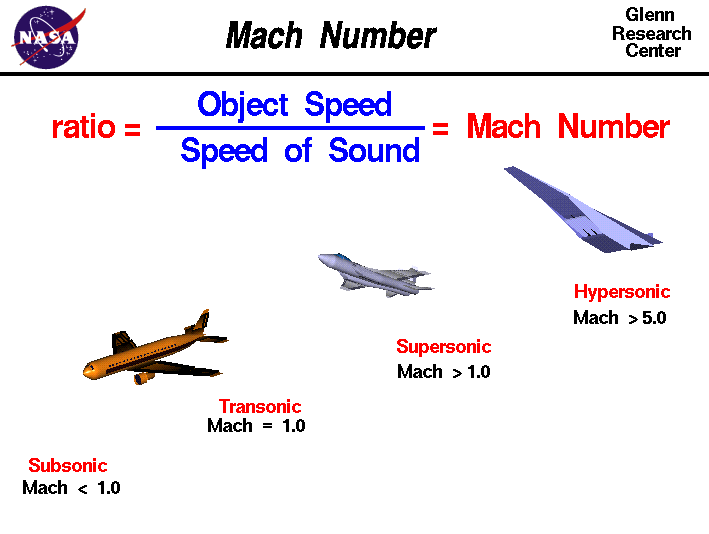Free Courses Sale ends Soon, Get It Now


Free Courses Sale ends Soon, Get It Now



Disclaimer: Copyright infringement not intended.
Context: Russia said it had fired hypersonic Kinzhal missiles as part of a massive wave of strikes on Ukraine, in which Kyiv said at least six civilians had been killed.
Details:
Key facts on the Kinzhal:
Background:

Classification depending on speed
What is a hypersonic missile?
What are the benefits of hypersonic missiles?
Ballistic Missile:
|
PRACTICE QUESTION Q) What do you mean by ballistic missiles? How do they differ from cruise missiles? (150 words) |
https://www.reuters.com/world/europe/russia-fires-hypersonic-kinzhal-missiles-ukraine-2023-03-09/
© 2024 iasgyan. All right reserved